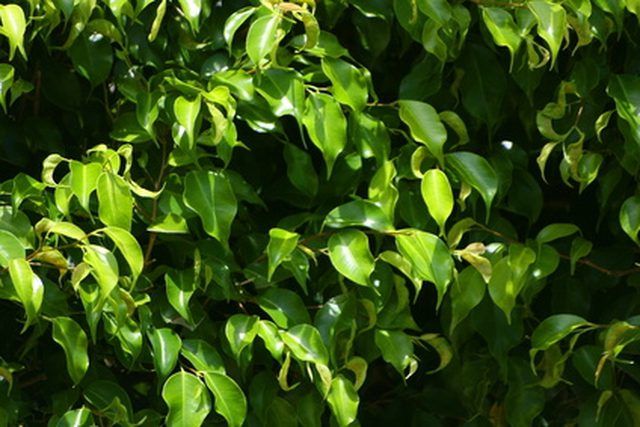Bulbs
Flower Basics
Flower Beds & Specialty Gardens
Flower Garden
Garden Furniture
Garden Gnomes
Garden Seeds
Garden Sheds
Garden Statues
Garden Tools & Supplies
Gardening Basics
Green & Organic
Groundcovers & Vines
Growing Annuals
Growing Basil
Growing Beans
Growing Berries
Growing Blueberries
Growing Cactus
Growing Corn
Growing Cotton
Growing Edibles
Growing Flowers
Growing Garlic
Growing Grapes
Growing Grass
Growing Herbs
Growing Jasmine
Growing Mint
Growing Mushrooms
Orchids
Growing Peanuts
Growing Perennials
Growing Plants
Growing Rosemary
Growing Roses
Growing Strawberries
Growing Sunflowers
Growing Thyme
Growing Tomatoes
Growing Tulips
Growing Vegetables
Herb Basics
Herb Garden
Indoor Growing
Landscaping Basics
Landscaping Patios
Landscaping Plants
Landscaping Shrubs
Landscaping Trees
Landscaping Walks & Pathways
Lawn Basics
Lawn Maintenance
Lawn Mowers
Lawn Ornaments
Lawn Planting
Lawn Tools
Outdoor Growing
Overall Landscape Planning
Pests, Weeds & Problems
Plant Basics
Rock Garden
Rose Garden
Shrubs
Soil
Specialty Gardens
Trees
Vegetable Garden
Yard Maintenance
How to Make a Ficus Hedge
How to Make a Ficus Hedge. Ficus hedges are popular among gardeners and homeowners because they offer a thick, compact privacy fence around the patio. Tall trees like ficus with their deep green foliage are perfect for enveloping a patio or backyard space.

Ficus hedges are popular among gardeners and homeowners because they offer a thick, compact privacy fence around the patio. Tall trees like ficus with their deep green foliage are perfect for enveloping a patio or backyard space.
Things You'll Need
Soil test
Shovel
Lime
Sulfur
Mulch
Fertilizer
Bypass shears
Lopping shears
Pruning saw
Denatured alcohol
Conduct a soil pH test on the designated planting area to guarantee the success of the ficus hedge. A ficus hedge grown outside its preferred range of 5.5 to 7.5 will have a problem surviving. Purchase a soil testing kit at your local county extension office. Dig a 6-inch hole for collecting soil samples. Mail the samples off to the address provided on the kit. Add lime to acidic soil and sulfur to alkaline soil.
Dig a hole twice the diameter of the tree's root ball and the same depth as planted in the container. Place the tree inside the hole and pack soil tightly around the base. Spread 6 inches of mulch around the base of the plant to lock in moisture.
Allow one growing season before pruning the ficus, so it can establish a strong root system and not experience pruning shock. During the first year of growing, water the hedge once a week. Give the plant 1 inch of water underneath the dripline. The dripline is the area directly underneath the end of the branches.
Fertilize the ficus hedge in the spring with an all purpose slow release fertilizer. You can use a fertilizer with a NPK amount of 8-8-8. Spread underneath the tree and water thoroughly. It is better to use an all purpose fertilizer for ficus hedges because a fertilizer high in nitrogen will cause the hedge to grow too quickly.
Prune back any diseased or winter damaged twigs or branches with a pair of bypass shears, lopping shears or pruning saw. Cut back any discolored leaves or branches. Remove any branches that are growing outside of the designated planting area, rubbing against each other or laying on the ground.
Increase the air flow within the hedge to help prevent fungal infection. Cut off any weak growth or unhealthy branches. Prune off at least one-third of the tree's outer growth, but make sure to cut at different lengths to encourage a natural looking hedge.
Tips & Warnings
Cut back to a healthy outward growing branch when pruning your ficus hedge.
Dip your pruning tool in a mixture of 30 percent water and 70 percent denatured alcohol when pruning off diseased portions of the hedge to prevent spreading the infection.